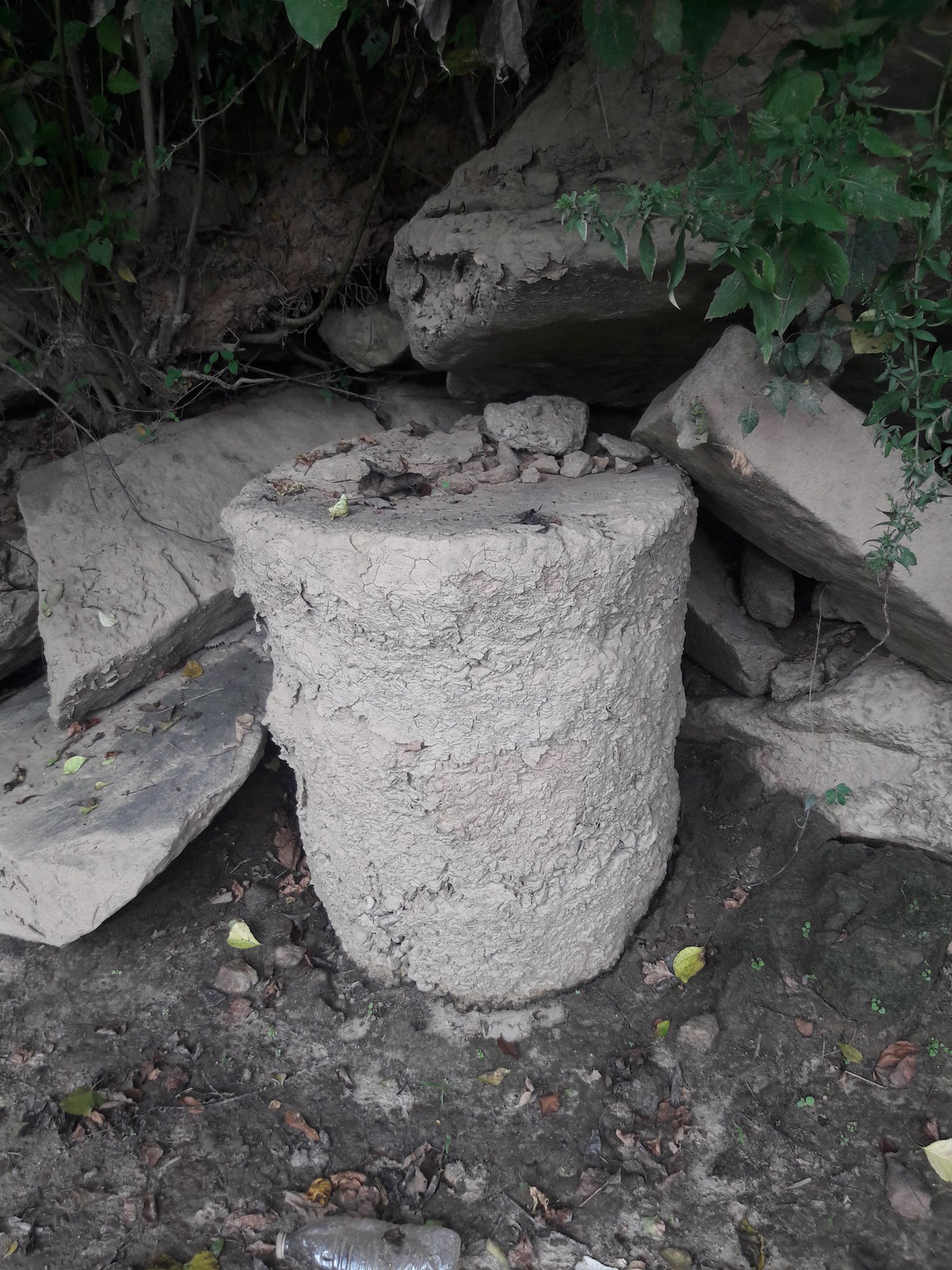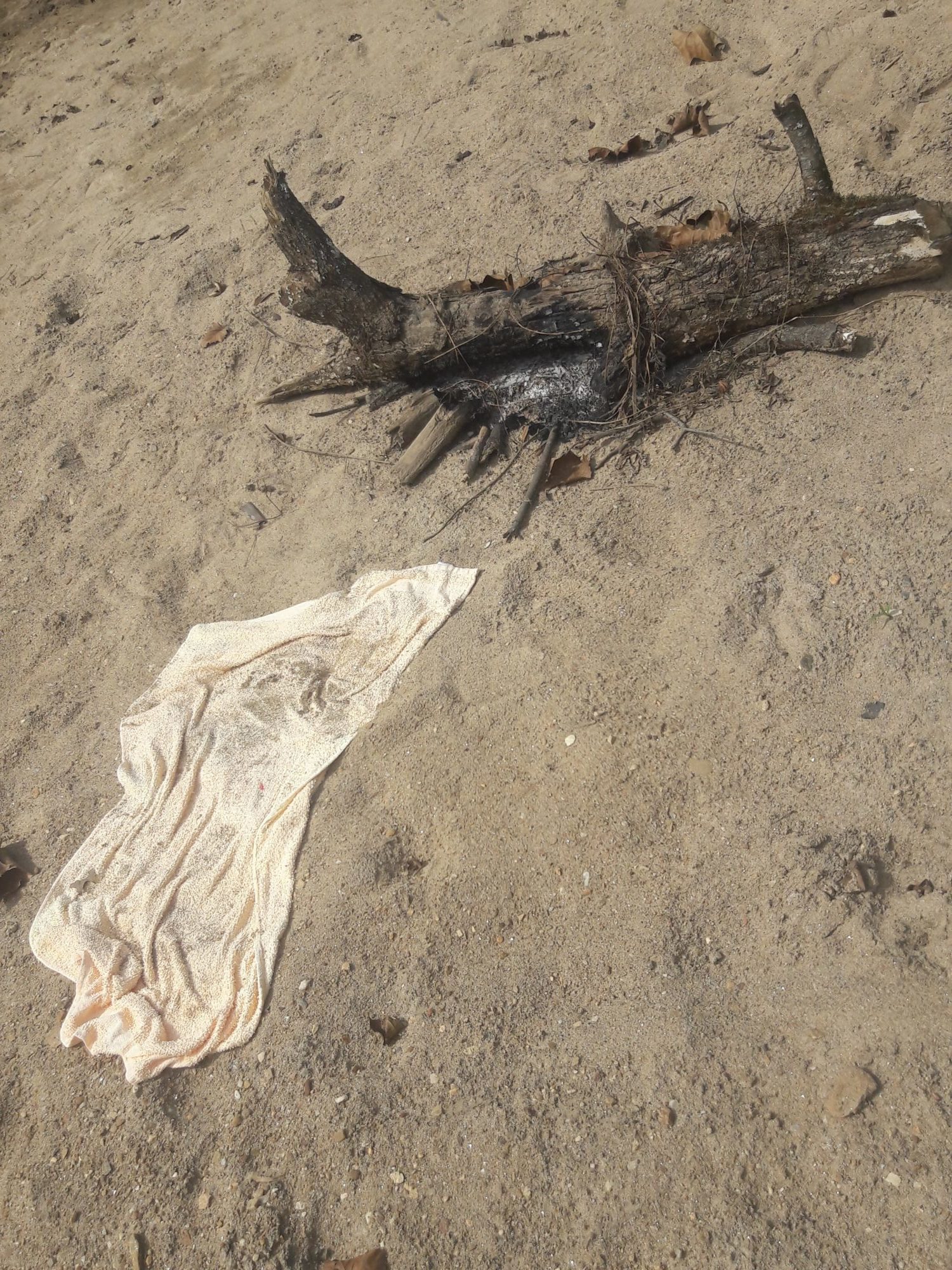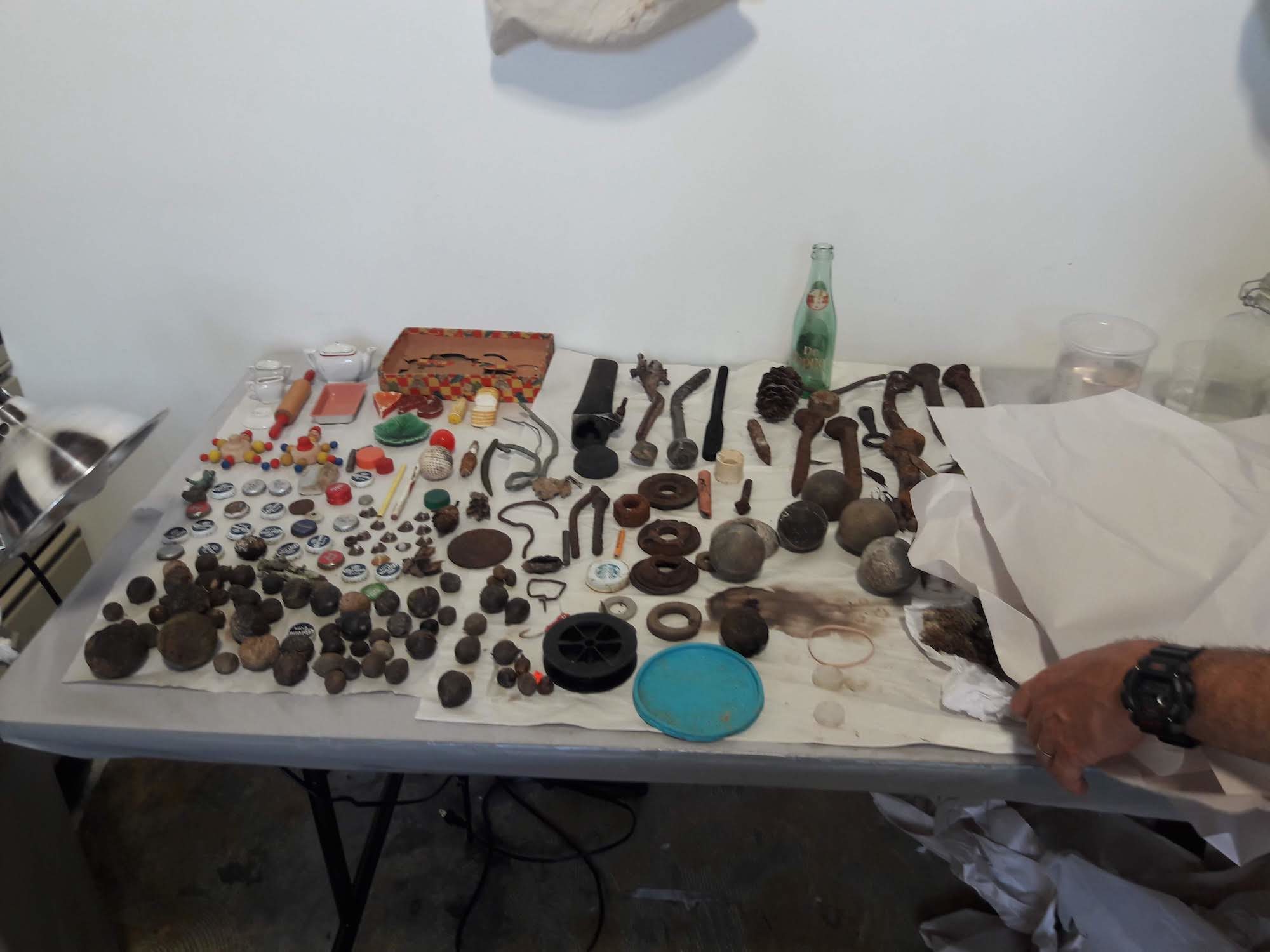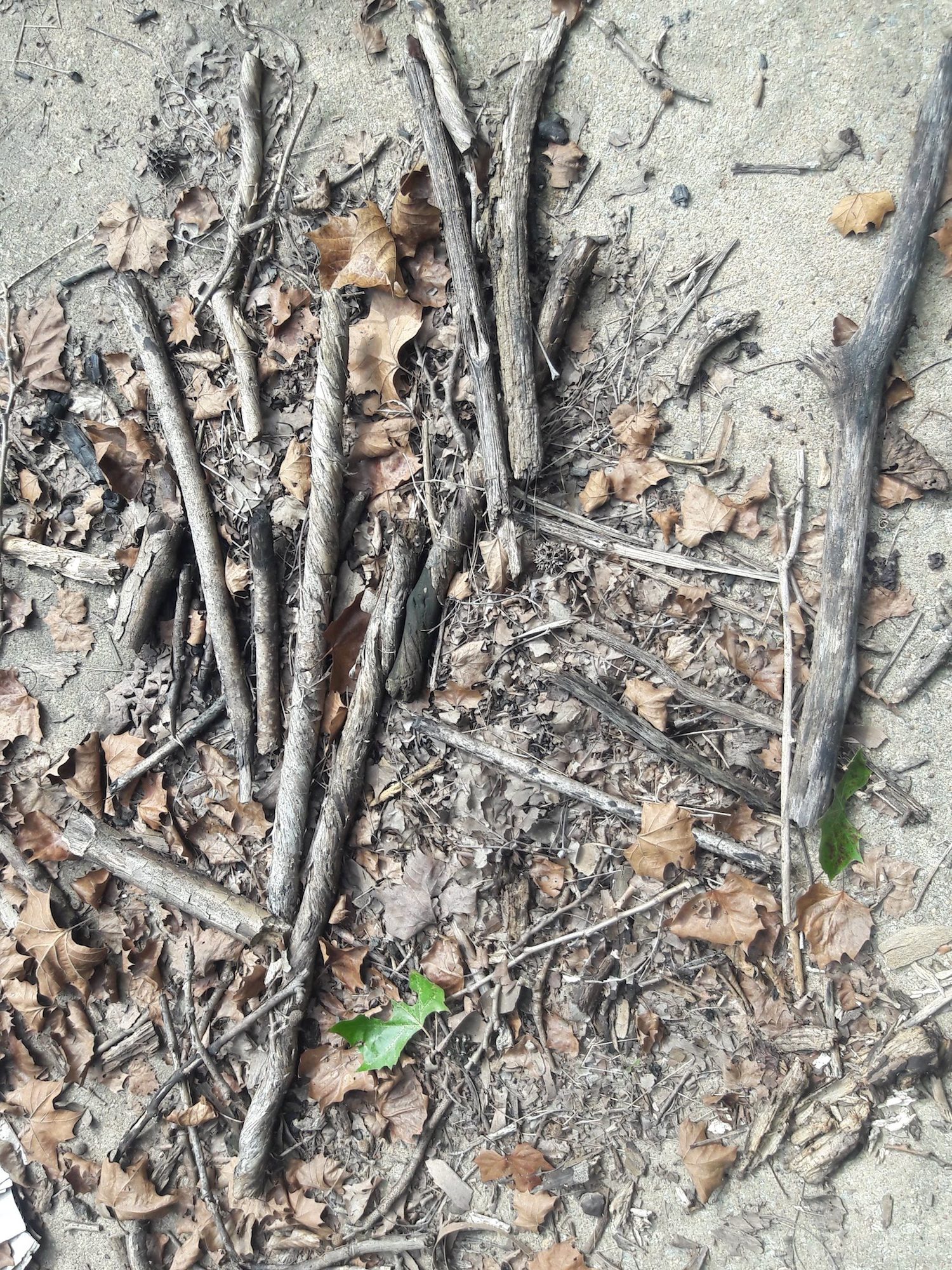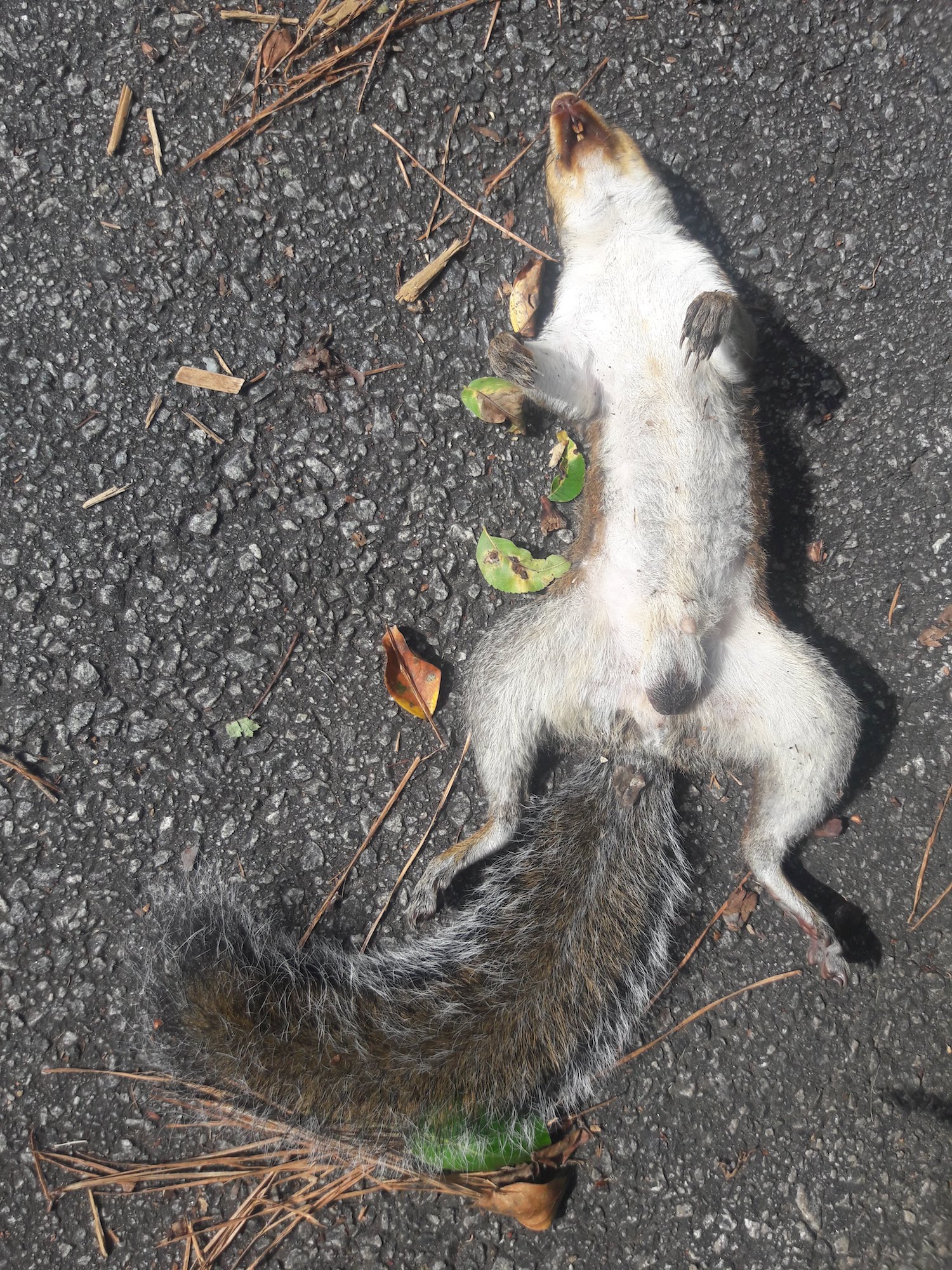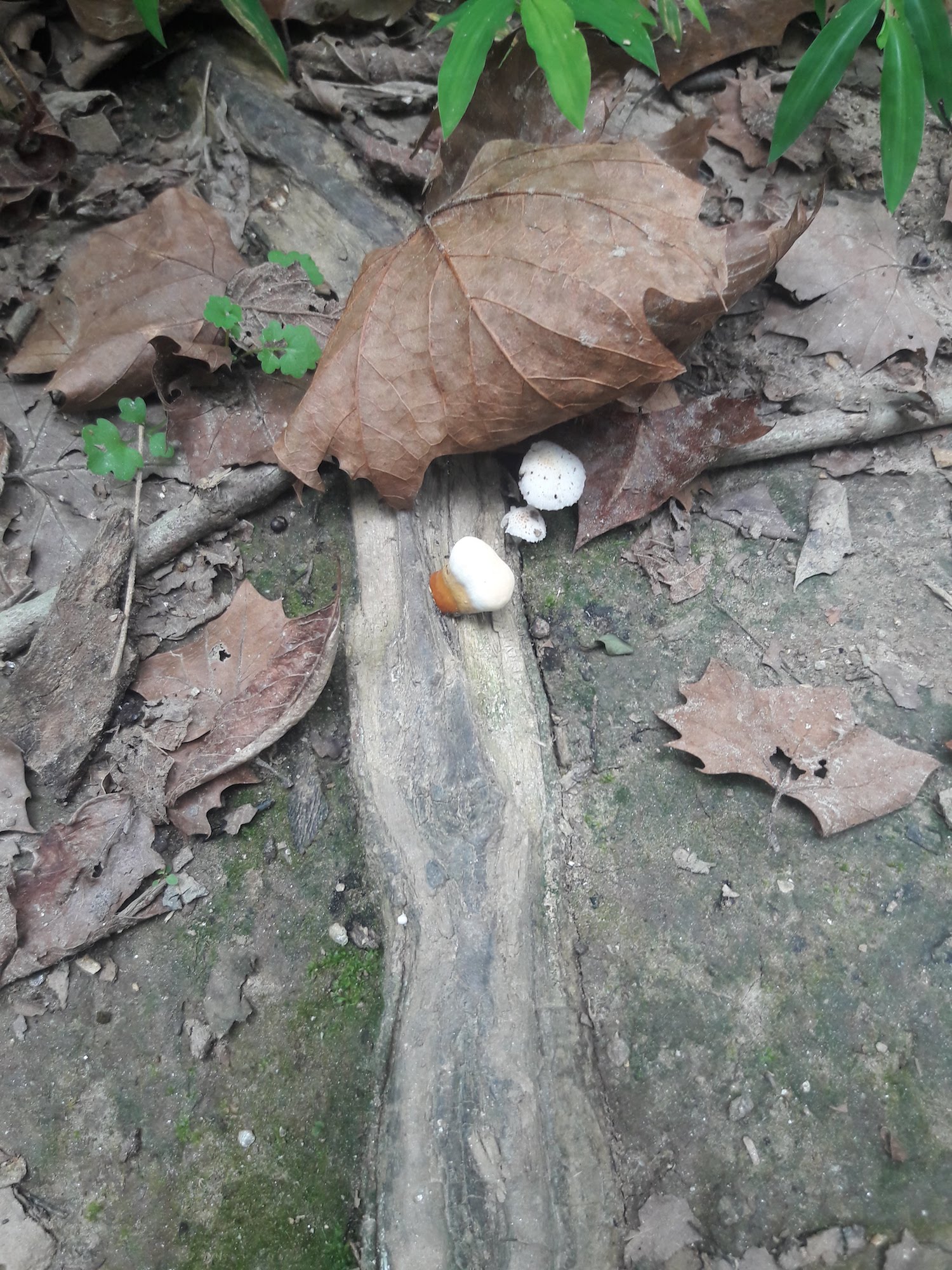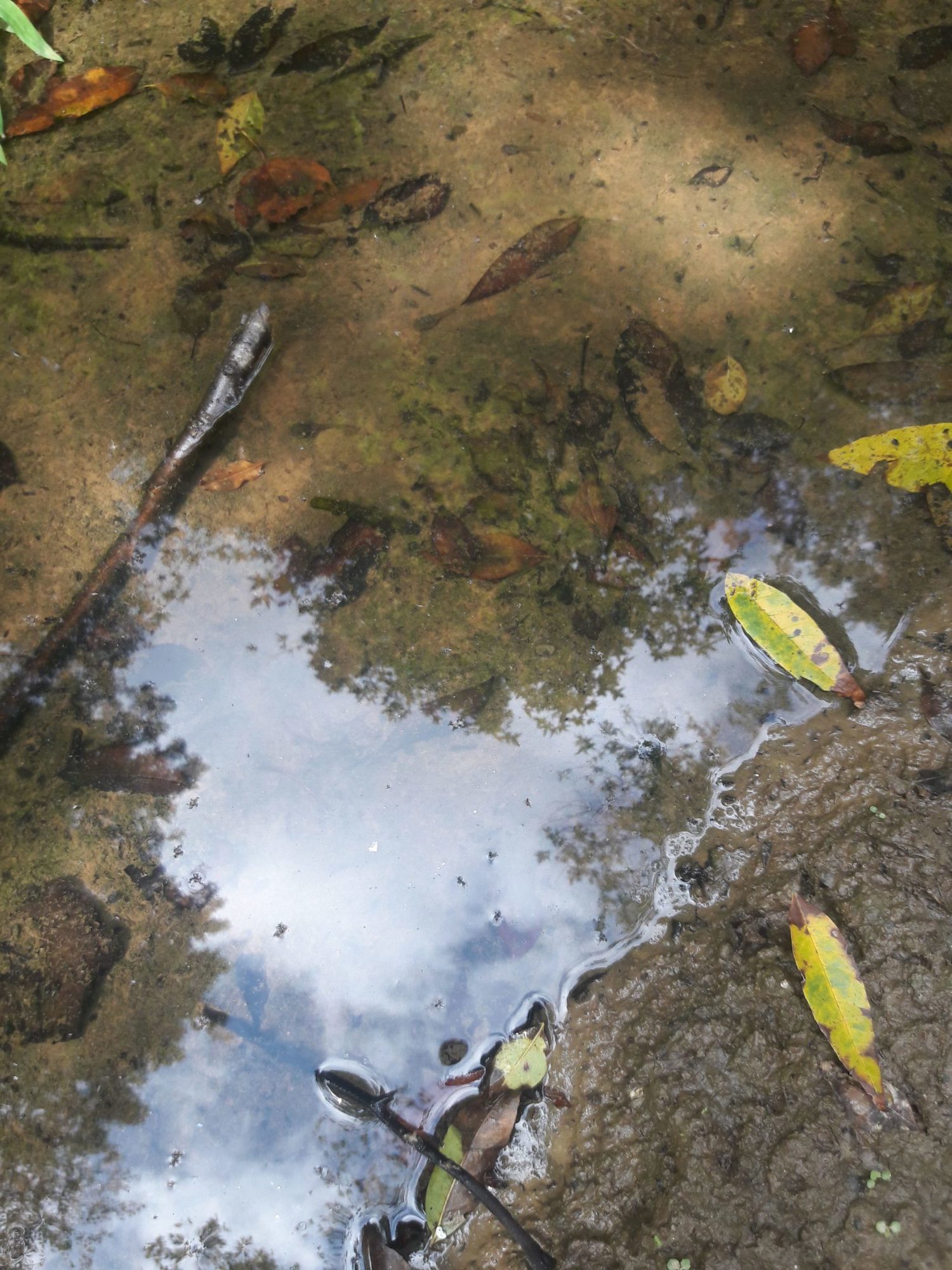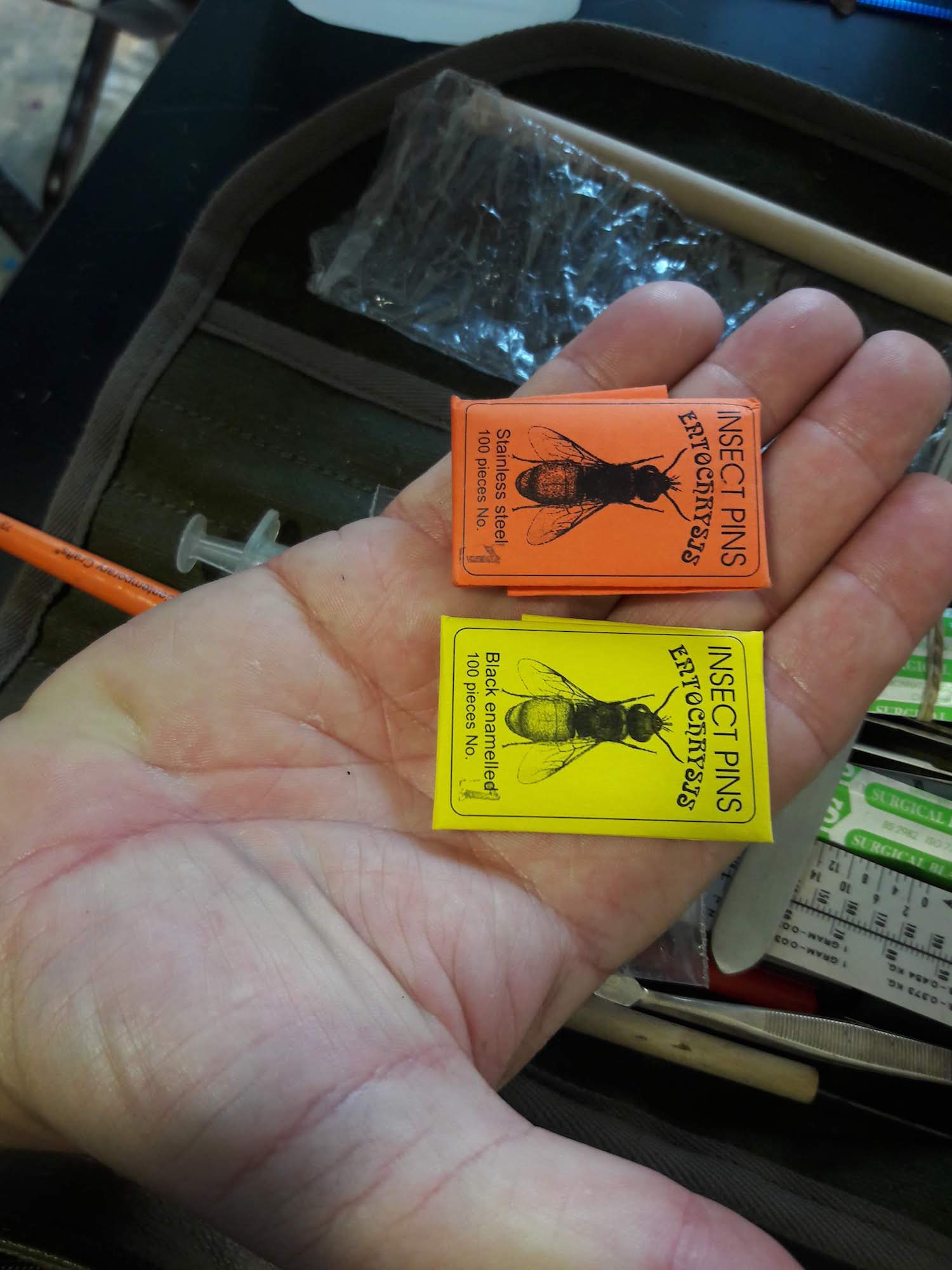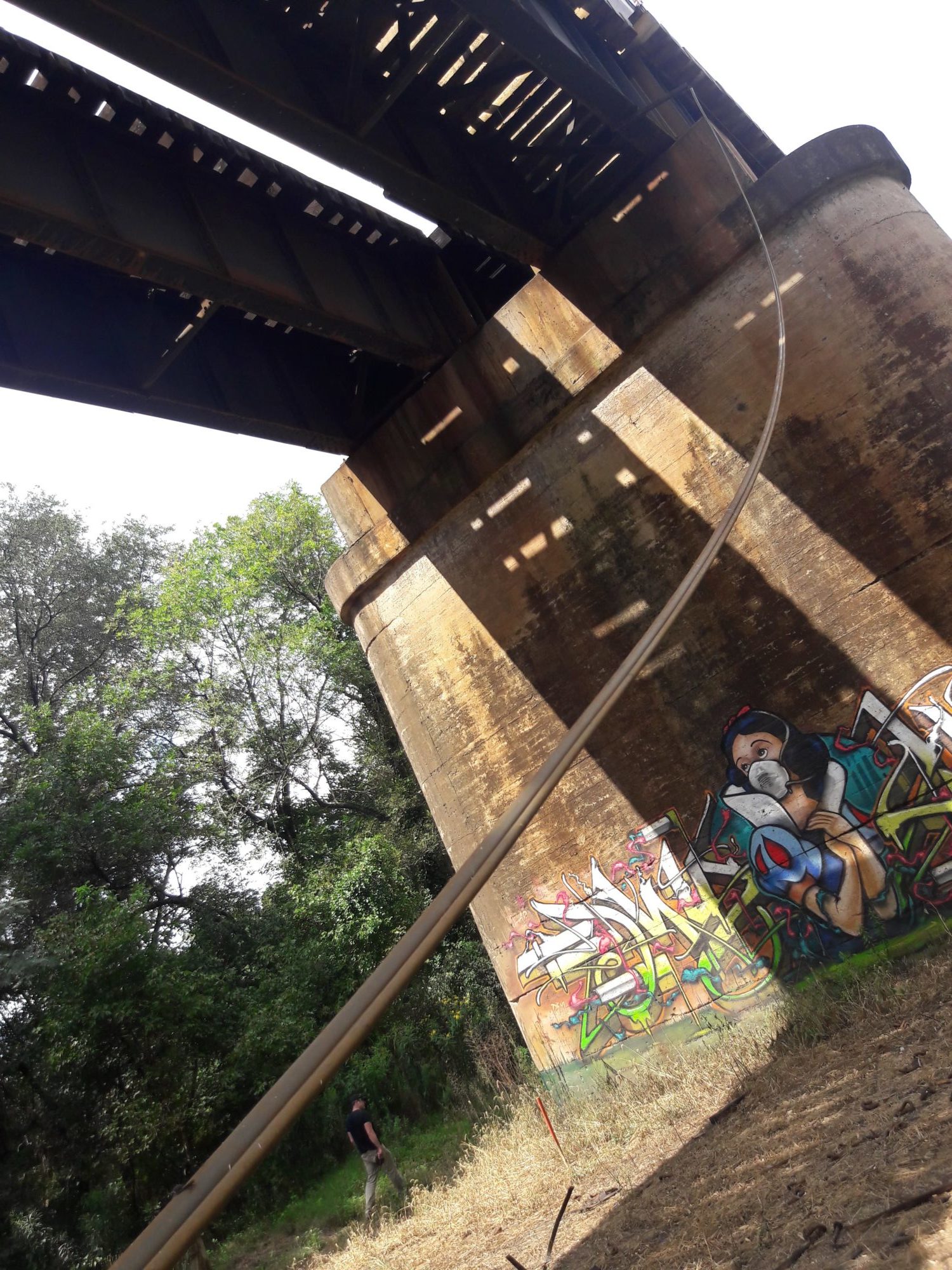Chattahoochee Explorers Club
Courtesy of the Chattahoochee Explorers Club.
Share:
Mark Dion: This conversation is the result of the three of us thinking about and working around the Chattahoochee River. My own reason for being in Georgia is to execute a commission for the Columbus Museum related to the explorer, naturalist, artist, and writer William Bartram, who traveled in Georgia on the river in the mid-1770s. I worked with Mike and his students at Columbus State University on filling a cupboard with objects related to our experiences in the Chattahoochee River Valley. My first question to you both is about the difference between the river in the fabric of both cities: Atlanta and Columbus, GA. Pam, you are in Atlanta. What does the Chattahoochee look like, and mean, in the city?
Pam Longobardi: The Chattahoochee is a big and sometimes fast-moving river that intersects the city of Atlanta in many different places and neighborhoods. I grew up partially in Atlanta after my family moved down from New Jersey when I was 12. During high school when we had cars, the river was a major recreation and hangout place with the whole nine yards: rope swings, skinny dipping, and lots of other fun. It wasn’t super polluted then, so everybody swam without worry. By the time I moved back to Atlanta to take my job at Georgia State University in the late 90s, the river was so polluted that there were signs forbidding swimming due to bacterial content from sewage, but people still floated down the river in rafts. One visit involved a splash of river water that landed in my drink can and made me sicker for 24 hours than I have ever been in my life. Around that time, there was a big push to stop sewage and chemical dumping, and the river got cleaner. In 2009, I cofounded the Atlanta Chapter of Surfrider Foundation, and part of its mission involves cleaning plastic from water vectors. Many times we had dozens of folks—in canoes, kayaks, and paddleboards—getting plastic and tires and even computers out of the river. So, it’s been amazing to connect back to the river now with this project.
Mike McFalls: I moved to Columbus in 2007 and, to be honest, I never even thought much about the Chattahoochee the first few years I was here. At the time the river was still dammed, so it wasn’t nearly as impressive and beautiful as it is today. I didn’t become interested in the river until I read a few articles in the local newspaper. I think that was around 2012 and 2013. The articles were about a $24 million river restoration project that was going to be funded by both public and private money. I distinctly remember reading about the development of an urban whitewater course through the city and how this would lead to economic growth. I was genuinely skeptical and a bit cynical about this, but I can say today, it appears I may have been wrong. Anyhow, it was around this period that my interest in the river gradually grew.
As far as I know, and I believe Fred Fussell told me this first, the Chattahoochee River has been inhabited for thousands of years. Columbus was once the site of a Muscogee (Creek) village. The river is essential to the creation of Columbus. The Fall Line, the natural separation of Georgia’s Coastal Plain from the Piedmont, is why Columbus is geographically located where it is. The Fall Line is what gives the river the whitewater through Columbus. The city is situated at the northernmost navigable portion of the river. For most of Columbus’s history, the Chattahoochee served as the city’s connection to the rest of the world. The river enabled plantations to ship their cotton. Later the river developed and brought industrial importance to the city with the arrival of textile mills, and with them dams are built to power the mills. Because of the Chattahoochee, in the late 19th century, Columbus became one of the more important industrial centers of the South. However, for most of the 20th century, especially after the mills shut down, it seems that many Columbus residents didn’t pay much attention to the river.
As you [Mark] probably noticed talking with our students, many of their families never thought about the river, and if they did, it was not considered an asset, let alone a tourist attraction. When I first moved here, everyone told me not to swim in the “Hooch” because it was filthy from Atlanta sewage, and they warned me that I absolutely should not eat the fish. Ironically, just five years after the revitalization and restoration of the river, you have people fishing, swimming, whitewater rafting, kayaking, and paddle-boarding down the Chattahoochee.
MD: When it comes to the environment, there’s really not a cornucopia of good news spewing. So I am happy to take a story of positive transformation wherever I can find one. Usually one hears tales of things not being as wonderful as they once were, and from both of you I’m getting the idea that the river is not as bad as it was before. This seems to be both the story of better management and the resilience of nature. I am keen to imagine how art can somehow help to foster and continue this progressive swing in the river’s trajectory.
It seems to me that now the river is at last viewed again as an asset to the community, it is also increasingly in danger of being privatized and therefore inaccessible to a community beyond the one developers most favor. Columbus’ success with reframing the river has a great deal to do with making it more visible and accessible. From some of the plans and schemes we’ve heard about, I could easily imagine Atlanta taking a very different road—one which privatizes the river as an amenity. It is hard for me to imagine what role art can have as part of the process of resistance to this onslaught of development. [Although] we are not the urbanists redesigning spaces like the waterfront, we are certainly stakeholders in the process, and allied with those who would advocate for a more ecologically restorative and public riverfront. Often when art is brought into the process of rethinking urban rivers, it tends to be tacked on at the end to have a decorative or commemorative function. Can you imagine another role for using art expertise more vitally?
MM: Mark, I couldn’t agree with you more. The recent story of the relationship between the Chattahoochee and Columbus is a story of better river management and nature’s resilience. But as we found out during our field research with the Columbus State University students, there are still, and will continue to be, many challenges.
In Columbus, the right officials, civic leaders, individual proprietors, along with other stakeholders got together and began to reshape the community’s perception of the river as a place of value. The only problem was, they left out one important ingredient early in those discussions: the artists. They are now bringing artists in, including myself, but as you said, they are usually tacking art on at the end to have a decorative or a commemorative function. Also, despite there being many public spaces along the RiverWalk in Columbus, I think your concern [about] the river being privatized and therefore inaccessible to the community is still a threat.
[Artists’] role on the Chattahoochee is to partner with stakeholders early and foster revitalization and resilience while continuing to support public access. Artists are familiar with disruption; they are agents of change; they often illuminate aspects of a place that may be unique, invisible, or under-appreciated. Some community members may argue that the function of art in a setting like the Hooch should only be regarded for its practical value. However, if the art is thoughtfully considered and the public/private funding is made available, it could be one of the most critical ingredients in the complicated formula of revitalization, sustainability, and economic development. During our visits with Pam and her grad students, it was clear [that] the development challenges along the Chattahoochee in Atlanta were enormous and posed complex class-centered problems, but with smart and thoughtful artist interventions, there’s an opportunity to solve those problems.
PL: I think that art has a far more important role in culture than the material production of attractive objects for decoration, that it actually has a job to do. That job is to point at uncomfortable truths, to function as a bellwether or siren, to reveal hidden or invisible energies such as the myriad of interconnected life forms that make up an ecosystem, and to serve as a call to action. Perhaps this is the more strident end of the spectrum, and a dialed back version of that might merely be documenting a contemporary reality. But I believe artists are like antennae in that the artist’s role [is] paying attention and directing sensate intelligence toward realities and circumstances of existence; artists perceive information in perhaps a precognitive way, a little before it arrives on the mainstream’s radar. Some of the best artists do this in an extreme way, and perhaps their work is not even fully comprehended until decades after their death. So many artists who pay attention to the natural world feel an urgency to address the alarming state of environmental affairs.
One skill that artists have is the ability for out-of-the-box thinking, to imagine unseen possibilities and to manifest them in the physical world. If artists were more centrally involved in the entire process of development of environments such as the Chattahoochee riverfront, projects could be incorporated that took into account the wholeness of an environment, from the invisible microbiologies and the secretive wildlife that live around us, to the hidden, often disturbing histories of human interactions—in other words, the physical dynamics of a living interconnected system over time. This would be a tremendous gift to the community of current and future stakeholders in fully understanding and appreciating the complexity of a place. Change and development is inevitable, but with more integrated intelligence that valued complexity and took into account the marginalized human and animal communities, a place becomes truly enriched and enhanced by development rather than degraded.
MD: We three highly regard the function of art to go against the grain of dominant society, to be an irritant, to be critical. When working in the public realm, the expectations can often be narrowed, to be decorative, or to serve as some form of community flattery—depicting specific aspects of social history as unique or important in an often-inflated way. It’s hard to negotiate critical work in the public arena.
I’m always struck by how conversations around the development of sites like neglected riverways get framed by some notion of access and democratizing the riverfront, as though it were totally inaccessible before. In fact, there is a community which always uses [them], but it’s a bit of an outside or misfit community of bored teens, oddball ramblers, pirate fishers. I have a lot of sympathy for [and] identification with this community bound by the urge to trespass, not to be surveilled or policed. Without a doubt, I am part of that community in which a No Trespassing sign is like a red carpet. Not only are these users of the river not considered in the plans, but their very existence is erased when the river becomes a public amenity. I guess I miss the dangerous edges of urban space that I grew up in.
PL: [laughs] I always got into trouble for this as a kid, but frankly, I still do it often. I’m attracted to wild and disrupted places because they are usually margin areas which reveal dark realities, such as the parts along the Chattahoochee south of downtown that [are] terrifying in the amount of plastic and toxic spew in the living river as we speak. These are places that the powers-that-be don’t want the public, generally, but I want to know everything that’s going on behind the scenes because neglected and derelict places reveal truths about how we are caring for our wild places. So creating parks will create a certain amount of displacement, even as it allows for more “access.” It’s ironic because these places are not inaccessible now, as we witnessed from our treks along the three river sites in Atlanta. Even with weird warning signs and chain link fence gates meant to ward off visitors, we easily found our way in and met the pirate fisherman, for example. I’m thinking in particular of the Standing Peachtree site, the most compromised of the three sites.
To your point about it being hard to make critical artwork in the public realm, I think that is very true. I think there could be two parallel universes as [they] exist now, one that contains committee-chosen, sanctioned public artwork, which often by default is the more decorative, less challenging “art lite,” and then another that is more guerrilla in nature, like renegade art interventions, graffiti, protest art, et cetera, which deals with challenging content. It’s a dream project when an artist gets to make more challenging work in a sanctioned public art commission.
MM: It sounds like we all were from the outsider/misfit community; I imagine most artists are. I was that bored teen—the wanderer—and I absolutely identify with that community. Mark, like Pam, your comment also made me think of the pirate fisherman we met at the Standing Peachtree site. I have, and a few of the students have thought about him throughout the course of this project. Where do the misfits and the underrepresented fit into this mix? Who is going to speak for those groups that are currently using the river in these forgotten, marginalized locations? This is the complex “class centered” problem I was speaking of earlier. Who else is more qualified and suited to help address this problem than the former and proudly still-oddball ramblers and pirate fishers? Many artists understand these underrepresented groups; they see them because they are [in] one of them. Artists can and should advocate for these groups.
I’d even assert that there are three paths to integrating art successfully in a public space: site-specific, context-specific, and community-oriented artworks. Site-specific artworks are much like Mark has described: artwork that is created to exist in a particular place and can often be decorative. I see context-specific work as developing out of the research of a specific location: it may depict particular aspects of social history as unique or important and might, as Mark pointed out, do that in inflated ways. And then there are community-oriented works: this is the place for Pam’s “guerrilla” renegade art interventions. The projects artists create should respond to the issues, needs, and concerns that are defined by a community. I believe community-oriented work is essential to the balance of public space. It aims to separate from site-specific and become public-specific, which gives the community ownership of the art. And naturally, many artists blur and merge these different modes of creation to develop a successful public project.
I believe there’s a role for both the less critical art and for art that’s against the grain. The obstacle is [that] most of the stakeholders at the table during the planning of these major revitalization projects will only allow, if any, the more decorative, or flattery, artworks to be considered for funding. They’re often hesitant to support the more provocative and critical projects.
PL: One of my favorite roles for art is that it can talk about things that are uncomfortable or too dark for casual conversation. It seems impossible to be talking about “nature” in this time without acknowledging the dire circumstances that much of the natural world is in right now, seeing that our time is now recognized as the Anthropocene and we are in the midst of the sixth mass extinction. E.O. Wilson has an amazing concept for this time going forward, the Eremocene or the Age of Loneliness. I think about a place in public art for these ideas, that art can be perhaps the place to bring these difficult ideas into public discourse. Is public art a good place for the task of mourning? I’m curious to hear thoughts about this, as I think committees deciding on public art commissions probably tend to shy away from these more challenging, darker realities.
MD: I agree that art is particularly suited to speak with complexity, articulating some of our more subtle and ephemeral attitudes like ambivalence, melancholy, mourning, frustration. We are also masters of complex forms of address: irony, parody, wit, satire, expressing contradiction without resolution. These may not be the clearest way to communicate environmental issues, but clarity and direct address are not really our job. There are lots of other organizations and individuals who tell it like it is. Our job is more complex, poetic, indirect, and leaves more space for the viewer to be active rather than passive. We are not propagandists, even if we are not afraid to take a position. Just because a work is in a public space doesn’t mean it needs to communicate in the most obvious and simplistic terms.
MM: Pam, I agree, most organizations deciding on public art commissions probably tend to shy away from these more challenging concepts, and they are certainly going to avoid ideas that are directly connected to the Anthropocene and the sixth mass extinction. Most communities do not want to be reminded that they are making monuments for the last generations. However, this is the very challenge we, as artists, should be addressing. We are academic artists and community stakeholders with some influence, and perhaps we should be using that influence to be part of these decision-making bodies. We need to insist and challenge the conventions of these often-conservative decision makers.
Nonetheless, it’s my opinion that there is no need for didactic public art. As Mark said, let’s leave that to the other groups, [including] scientists. The artist’s role is to interpret, evaluate, reference, and generate ideas that connect to a specific site and have poetic echoes of contemporary concerns. Actually, many of your grad students’ proposals and the Columbus State University students’ final projects did this in very thoughtful and engaging ways. Most extraordinary public art is complex and poetic, the viewer is an active part of the work, and the work often reflects and gives voice to the concerns and ideas of its time.
This conversation originally appeared in ART PAPERS “Energy Structures” Spring/Summer 2019.
Mark Dion was born in 1961 in New Bedford, MA. He initially studied at the Hartford Art School of the University of Hartford in Connecticut, which awarded him a BFA (1986) and an honorary doctorate in 2002. From 1983 to 1984 he attended the School of Visual Arts in New York, followed by the prestigious Whitney Museum of American Art’s Independent Study Program (1984–1985). He is an Honorary Fellow of Falmouth University in the UK and has an honorary Doctor of Humane Letters from The Wagner Free Institute of Science in Philadelphia. He is a 2019 Guggenheim Foundation Fellow. Dion’s work examines how dominant ideologies and public institutions shape our understanding of history, knowledge, and the natural world.
Pam Longobardi’s parents, an ocean lifeguard and a Delaware state diving champion, connected her from an early age to the ocean. After discovering mountains of plastic on remote Hawaiian shores in 2006, she founded the Drifters Project (driftersproject.net), centralizing the artist as culture worker/activist/researcher. Now a global collaborative entity, Drifters Project has removed tens of thousands of pounds of material from the natural environment and re-situated it in social space. Winner of the prestigious Hudgens Prize and Distinguished Professor at Georgia State University, Longobardi has been featured in National Geographic and Sierra magazine, on the Weather Channel, and in exhibitions in galleries, museums, and public spaces around the world.
Michael McFalls is a practicing artist, professor of art, and director of the visionary art environment Pasaquan. McFalls received his BFA in fine arts from the Columbus College of Art and Design in Columbus, OH, and his MFA from the University of California, Davis. McFalls is a Fulbright Scholar and has received numerous scholarships, grants, and awards for his artistic research. He has participated in artist residencies at Sculpture Space, Djerassi Resident Artists Program, and the Australia National University. Four years ago, McFalls started collaborating with Jon Swindler, professor of printmaking at UGA. Their collaborative works have been exhibited in numerous galleries and museums, including the University of Gothenburg/Steneby, Marcia Wood Gallery, Lyndon House Art Center, and the Visual Arts Center at Boise State University.
